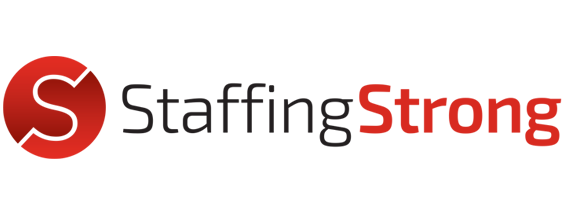
02 Sep Optimize Your Personal SEO
September is here. The great pumpkin-latte debate is in full swing again, schools online and onsite or in session, and yes, it just so happens to be Update Your Resume Month. But at Staffing Strong, we think of it as Update Your Professional Presence Month instead. Because we know that from your resume to your LinkedIn profile to other social outlets and blogs, your personal brand can be a powerful magnet for recruiters and hiring managers—even if you aren’t actively on the job search. Sometimes your dream job finds you.
Carefully curating your personal brand and presence can go a long way in empowering your career goals and ambitions. You want to ensure people who find you online or zipping through an application system have an immediate sense of the skills you bring to the table and your professional mission.
This blog explores how you can optimize your personal SEO (Search Engine Optimization) through your resume and online presence to help you get noticed in all the right ways.
-
-
Define your why.
-
Like any brand, your personal brand is fueled by your mission—your why. Your why is what differentiates you from everyone else. It’s your passion, and it’s what motivates you and drives your work. It also helps inspire others to connect with or work with you. Nailing down your standout purpose and what sets you apart from others in your field can help you gain visibility, recognition, and meaningful engagement. It also lets people eyeing your resume or LinkedIn profile immediately know why they should connect with you—breaking out your why and unique skills behind it is paramount to creating a powerful personal brand online.
To find your why, you can ask yourself these questions from Ryan Shelley:
-
-
-
- What lights you up? We all have something we’re passionate about that drives, motivates, and fulfills us. Ask yourself what yours is.
- What are your strengths? Lean into the skills that set you apart. How can you help your colleagues, professional community, and others make a meaningful impact?
- Where can you bring the most value? Obviously, you have many skills. Try to pin down which produces the greatest value for yourself and others.
-
-
What do you want your professional legacy to look like? What do you want to be known and remembered for professionally? Take some time to think about how you want to be regarded in your professional community.
-
-
Find the keywords that summarize your why—and get attention.
-
Once you’ve pinned down your why and the standout skills that help you bring value to your workplace, you’ll want to break that out into your professional keywords. If there are leaders in your profession who you admire, you can explore the adjectives and verbs they use throughout their presence online. It would help if you also took an inventory of current job descriptions, organizational mission statements, and the words you keep seeing that sync up with your skills and interests.
-
-
Put those keywords to work online and on your resume.
-
Once you’ve articulated your why, the skills that make you indispensable, and the keywords that summarize both, it’s time to update your professional presence. Updating your resume—even if you aren’t on the search—is a great way to stay current in case your situation changes or an incredible opportunity finds you. Most resumes never reach human eyes before going through an Applicant Tracking System. So, it’s critical to research job descriptions within your field for recurring keywords and deliberately customize your resume to align with your unique professional wins and goals. Be sure to get specific with your professional achievements too, using numbers and percentages whenever possible to show how you’ve moved the needle for your employers.
Read more on sailing past Applicant Tracking Systems straight to hiring managers.
But don’t stop with your resume. Your professional mission and the keywords that help communicate how you make an impact should dot all your public, searchable social profiles, and web pages. Use your LinkedIn headline to highlight your why—not just recapping your current title and company. Instead, make sure it spells out how you make an impact for others, (why they should connect with you).
Next, add skills that align with these keywords and ask close connections and colleagues for their endorsements—it just takes a couple of clicks to endorse you and then rate your level for the skill. The skills section on LinkedIn is important because it lets hiring managers and recruiters using LinkedIn for hiring know immediately how you stack up against other candidates and how your proven talents align with hiring goals for the position.
Weave these skills throughout your LinkedIn intro and the descriptions you use for positions throughout your experience section. Next, turn on Creator Mode and drop five of your keywords into the hashtags you talk about most. Unleashing Creator Mode enables deeper content creation on the platform while making you searchable by those skills to a broader audience.
Feeling inspired? Learn why and how to keep your LinkedIn on point.
Ready for more than a resume update? We can help.
At Staffing Strong, we have you covered on the current job market and the can’t-miss job opportunities at thriving employers. Let’s talk! Submit your resume today.
Meet the Author
Evelyn Vega is the Founder and President at Staffing Strong and the Past President of the Phoenix American Marketing Association. Since 1999, she’s made her career about supporting her clients in building meaningful careers and partnering with businesses in finding quality hires. In her free time, Evelyn sits on various advisory boards and enjoys practicing on her drum set!

Sorry, the comment form is closed at this time.